An opportunity to reassert the value of Brazilian cotton
Brazilian cotton |
JÚLIO CEZAR BUSATO*
* Cotton Grower and President of the Brazilian Cotton Growers Association (Abrapa)
Brazilian cotton growers, the textile industry and retailers have felt the impacts caused by the coronavirus pandemic which broke out in late 2019 and took hold worldwide in 2020. Today, as we look towards 2022, and having adjusted to a new reality in the business environment, we see that this public health threat has turned out to be a fruitful development opportunity for our sector.
In addition to influencing many aspects of our social lives, the Covid-19 pandemic intensified and exposed to the world the serious international logistics bottlenecks that we had already been experiencing. In this second year of sanitary restrictions, social distancing and adaptations to production methods, the mismatch between supply and demand for goods has widened and more attractive transport routes, such as Asia, the United States and Europe, are being prioritized.
The tightening of logistic bottlenecks reached an unprecedented high point in the second half of 2021. We are experiencing a worrying shortage of containers, an unprecedented escalation in freight costs and huge queues at ports around the planet, compromising the flow of imports and exports.
Even after the expansion of port operations in the United States and despite seeking alternative routes, the fact is that we now operate with continuous daily rollovers of shipping dates and booking cancellations. Economic recovery, promoted by the financial aid packages adopted by several countries, together with mass vaccination has amplified these difficulties even more.
But it’s important to note that historically logistics have long been a highly costly economic aspect for the Brazilian production sector. We are not dealing with a new problem here – on the contrary, it is a scenario that we have been living in for decades and which is mainly due to the high concentration of shipping companies.
If we are now facing logistical issues, it is worth remembering that this is also due to an achievement that deserves commemoration: for the first time in history, we have reached the position of the second largest cotton exporter on the planet. In the 2020/21 cycle (during the height of the pandemic) we supplied the world with 2.4 million tonnes of cotton. We are second only to the North Americans who exported 3.6 million tonnes and forecasts indicate that for the 2021/22 season the current ranking, with the United States in first place and Brazil in second, will be maintained.
This position reflects Brazilian cotton growing’s capacity to produce and export sustainable and high-quality cotton that can meet the global demand after supplying our own domestic consumer market. This capacity has led to the transformation of the public health crisis into a time of possibilities and improvements. Producers faced the challenge
head on by adapting to the new limitations and reviewing on-farm processes and practices. Adjustments were made to the way farms are run and managed and targets were reviewed. But throughout this, we remained focused on our aim of supplying Brazil and the world with traceable, sustainable, high-quality cotton in high volumes.
Adverse weather conditions in the main Brazilian growing regions and the appreciation of other commodities, such as corn, resulted in Brazilian cotton growers opting to reduce the growing areas.
BRAZILIAN COTTON PRODUCTION
| SEASON | VOLUME (1) | VARIATION % (2) |
| 16/17 | 1,530 | |
| 17/18 | 2,006 | +31% |
| 18/19 | 2,779 | +38% |
| 19/20 | 3,002 | +8% |
| 20/21 | 2,326 | -22% |
| 21/22 | 2,710 | +16% |
(1) In thousands of tonnes | (2) Annual variation from one season to another
Source: Conab and Abrapa (20/21 Estimate)
For the 2021/22 harvest, the official estimate indicates a 16% performance improvement compared to the previous cycle, reaching a projected production volume of 2.71 million tonnes. If this forecast is confirmed, we will then have the third best year in the history of Brazilian cotton growing and we will maintain the status as the fourth largest global cotton producer.
BRAZILIAN COTTON EXPORTS
| SEASON | VOLUME (1) | VARIATION % (2) |
| 19/20 | 1,945 | |
| 20/21 | 2,397 | +23% |
| 21/22 | 1,700 | -30% |
(1) In thousands of tonnes
(2) Annual variation from one season to another | * Estimated volume for the period from August 2021 to July 2022
Source: Secex/MDIC/Anea
Another contribution the pandemic has made to the cotton market which we should keep in perspective is related to consumer purchasing behavior with regard to cotton clothing and items. With people spending more time at home and many working from home, there has been greater demand for more comfortable clothes which is a favourable aspect for us. After all, cotton is a natural vegetable fiber that is not aggressive to our bodies and allows for natural ventilation and perspiration to occur unhindered.
Environmental awareness about what to buy and the environmental consequences of production activities, as well as concern with labor and social justice aspects, have been further strengthened following the coronavirus pandemic. There is a growing desire among citizens to know more about the product they are using starting with its origins in the primary sector, to the production practices adopted by the clothing industry.
We welcome with optimism these winds of change driven by the desire for more aware and sustainable consumption. We understand that when purchasing a product made with cotton it is more than just a simple choice: people are joining a cause that is in complete alignment with current times.
This awareness has echoed in the Brazilian consumer market. Created in 2016, the Sou de Algodão movement, which brings together companies that produce items containing at least 70% cotton, reached its 800th member. The program is run by the Brazilian Cotton Growers Association (Abrapa) and involves the spinning, weaving, knitting and clothing sectors as well as retail chains, social projects, non-governmental organizations, artisans and micro-entrepreneurs.
Our aim for this movement is to discuss with Brazilian society the need for more sustainable and responsible consumption, with cotton as an essential ingredient. In addition to providing information and constant interaction with consumers, Sou de Algodão widens the debate to include universities and fashion influencers thus connecting the textile industry with academia and the professionals of the future.
This open debate is in the DNA of Brazilian cotton production. After all, we have 84% of all our production certified by the Brazilian Responsible Cotton (ABR) program and licensed by Better Cotton. It is no coincidence that, today, Brazil is the country that supplies the most responsible cotton to Better Cotton and we know that we can expand our contribution to this even further.
In the midst of the pandemic, we maintained our schedule and launched the socio-environmental certification program for cotton gins. The challenge of implementing a project of this magnitude amid the restrictive measures imposed to combat Covid-19 was overcome. In addition to implementing the Brazilian Responsible Cotton in Gins (ABR-UBA) program, we achieved a remarkable level of 46% adherence by cotton gins which are now at the preparation, auditing or certification stages. This is a clear signal that the priority is to make each link in our production chain even more sustainable.
This year, we also included a QR Code on the labels that are affixed to bales aimed for export. Although we had previously been using barcodes, we have further increased the ways of ensuring transparency of information on the cotton grown in Brazil. We now have an online system that allows buyers to consult data on the quality, origin and certifications of our cotton whenever they want.
It‘s not just our traceability system that we have invested in. Abrapa has made coordinated efforts to support Brazilian cotton growers in maintaining a high level of care in their production systems to further improve the final product which is shipped mainly to the Asian market and which accounts for 99% of the national exports. In addition to conducting laboratory analysis via High Volume Instrument (HVI) technology on 100% of shipped consignments, we have increased our reliability rate from 91% in 2017, to 97%.
Throughout 2021, this improvement was noted and attested to by a strategically important market of interest: the Asian textile industry. In the 2021/22 trading year, the main buyer of Brazilian cotton was China with a 30% share. In second place was Vietnam followed by Pakistan and Bangladesh. Among other countries with the largest market shares are Turkey, Indonesia, Malaysia, South Korea, Thailand and India.
This group of nine nations is the focal point for Cotton Brazil, a market development and promotion program for Brazilian cotton conceived by Abrapa and conducted in partnership with the Brazilian Trade and Investment Promotion Agency (Apex Brasil) with support from the National Association of Cotton Exporters (Anea) and the Ministries of Agriculture and Foreign Affairs.
The project was developed in 2020, still at the height of the pandemic, with the opening of a Cotton Brazil representative office in Singapore. This was the official kickoff for actions to promote our cotton and the beginning of a successful prospecting strategy supported by the exchange of qualified technical information and the establishment of high-level commercial relations.
We hold events (virtual and face-to-face), form partnerships with Brazilian ambassadors and agricultural attaches, make technical cooperation agreements with the main textile industry entities in the Asian market and, month after month, we are continuously making new inroads into the competitive world cotton environment. In each of the nine priority countries, we have established partnerships and held business roundtables and events in a hybrid format (online and/or in person) to identify commercial requirements and preferences that would allow us to increasingly deliver what the buyer market actually wants.
However, this prospecting and dialogue with the domestic consumer market would not have been effective if we did not provide cotton that is produced with responsibility, traceability and quality. The way cotton is produced cotton in Brazil has a number of differentials that result in important assets and which make a difference for buyers. An example of the Brazilian way of producing is the fact that 60% of our cotton is grown in the same area used for soybean growing, another commodity in which Brazil also plays a leading role worldwide. In other words, this means there is more intelligent and more sustainable use of the soil leading to environmental gains.
In addition, less than 8% of the 1.6 million hectares on which we grow our cotton is irrigated at any stage of the production process. This is a very different reality to that found in other countries, where irrigated growing methods predominate throughout the entire farming cycle. The rational use of this very valuable natural resource, i.e. water, also generates significant environmental dividends for the entire cotton production chain and specifically for the Brazilian fashion industry. Another unique factor of the Brazilian cotton industry is the fact that our cotton is free from contamination since the picking process is 100% mechanized.
This Brazilian way of producing cotton is not only a responsible way, it is also efficient. By growing in rainfed areas and adopting good management practices and techniques, as required and recommended by the ABR certification program, we have become one of the most productive countries in the world. Data from the United States Department of Agriculture (USDA) from November 2021 show that despite all the climate challenges Brazil faced in 2021, we were still ranked third in global cotton productivity. In first place in the ranking is Australia with a yield of 1,923 kg/ha, followed by China (1,879 kg/ha) and then Brazil (1,751 kg/ha).
AVERAGE COTTON YIELDS
| COUNTRY | INDEX | RANKING |
| AUSTRALIA | 1,923 kg/ha | 1 |
| CHINA | 1,879 kg/ha 2 | 2 |
| BRAZIL | 1,751 kg/ha 3 | 3 |
Source: USDA (Nov/2021)
We are aware of the logistical, market and environmental challenges that we will face. We are aware of the impact the pandemic has had on the way we live, produce and consume. But, at least in Brazil, this critical period has required important decision-making by cotton growers whose results, so far, indicate that the future will be focused on sustainability, responsibility and efficiency. For Brazilian cotton, this is very welcome.






